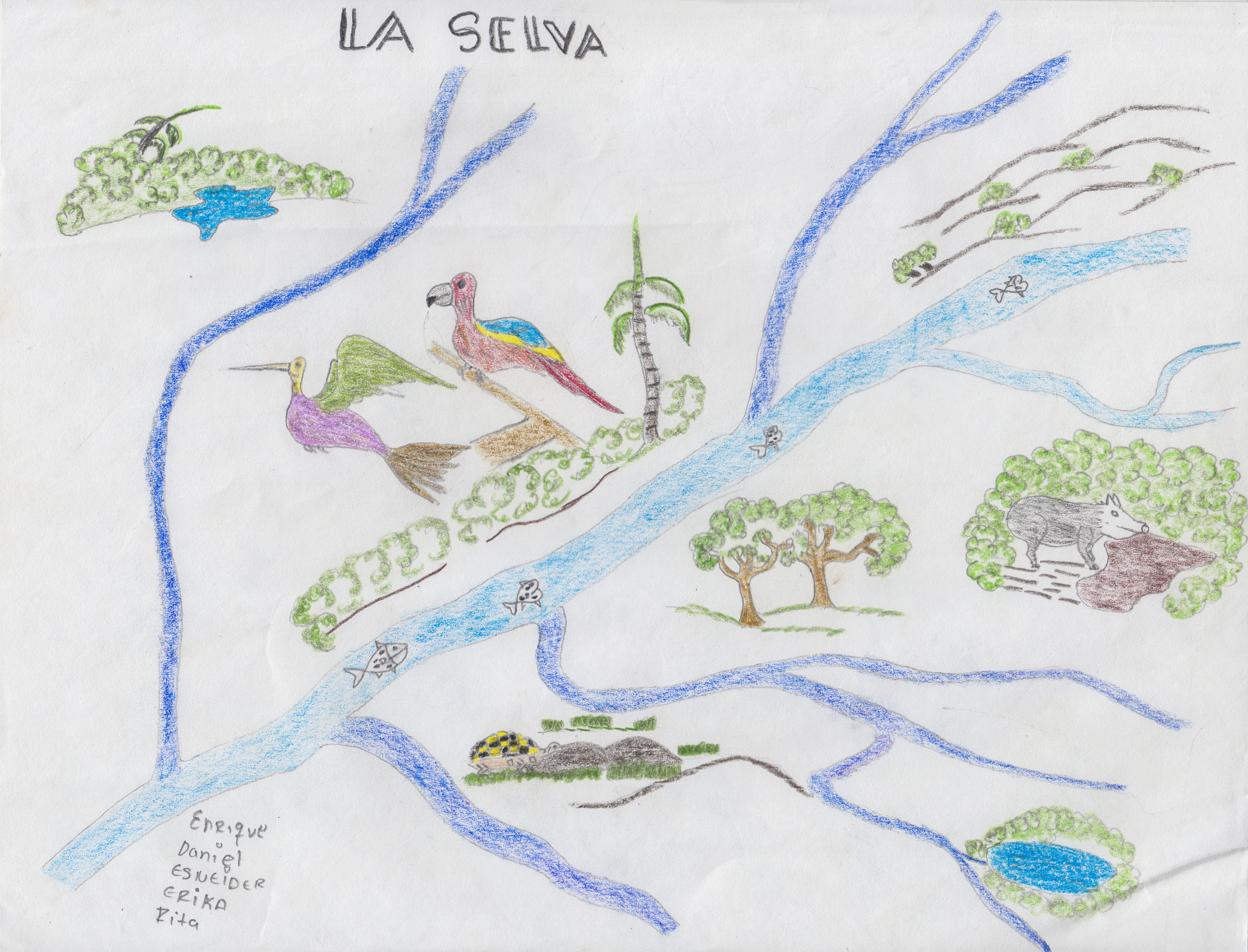Kamuã Basera: Resguardo Indígena El Itilla, Colombia
Our history in the territory
Our territory is known under national legislation as El Itilla Indigenous Reserve, but we call it Kumuã basera, which means Kumuã Territory. It is located on the banks of the upper Itilla River in the north of the Colombian Amazon, in the municipality of Calamar, department of Guaviare. The reservation has an area of 8,719 ha and was included within the Serranía de Chiribiquete National Park after the last expansion in 2018. Agreed with the Ministry of Environment and Sustainable Development, the indigenous community retains collective ownership of the territory.
The community is made up of indigenous families from the neighboring department of Vaupés, belonging to various ethnic groups: Barasano, Carapana, Cubeo, Desano, Piratapuyo, Taiwano, Tatuyo, Tuyuca and Yucuna. Mateo Espinel Montoya was the first person to settle here in 1979, followed in 1997 by other indigenous families. In 1999 the limits were defined and the process for the constitution of the community as captaincy and the legal recognition of the territory began. The collective title as indigenous reservation was recognized by the Colombian State in December 2002. Since 2012, with the arrival of new families from Vaupés, we have strengthened our organization and managed to build our Life Plan to work together.
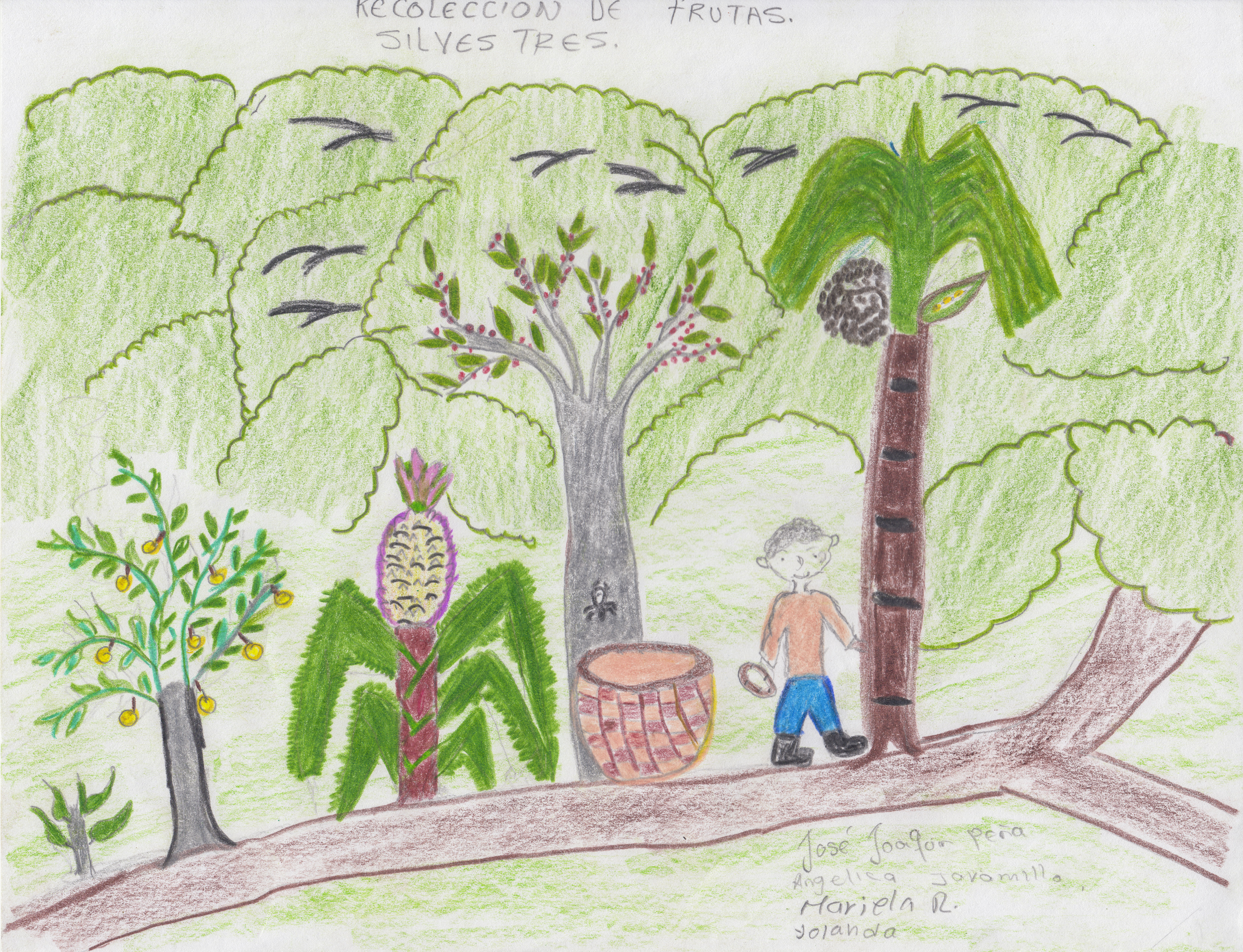
Originally, this was the ancestral territory of the Carijona indigenous people, which was decimated by epidemics and rubber factories. Some remained in Chiribiquete as uncontacted. We have been commissioned to be "Guardians of the Serranía de Chiribiquete", we have remained as guardians of their territory. For this reason, we are combining both stories of origin, ours as Eastern Tukano with the wisdom of the Kumuá Tuyuca, and that of the Carijonas. Although this is not our territory of origin, we maintain and share the values and ethical principles of our Law of Origin. We consider the territory as a source of life; We value the opportunity to live in unity and strength, with organization and self-government, joy, hope and peace, and contributing to the maintenance of the "common maloca" that is the Earth.
Organization and self-government
The community today is made up of 28 families, who mainly emigrated from the Cuduyarií, Querarií, Papurií, Yapuú and Caño Ti rivers. We recognize ourselves as belonging to the Tukano Oriental family and we obey the decisions of our ancestral authorities, our 'peasants' and 'kumús'. The wives of the kumús are also considered as authorities and knowledgeable, they participate in traditional ceremonies, they guide the other women in the planting of the chagra (an open area within the jungle to plant crops), the preparation of chicha (our drink cassava), the protection of traditional knowledge and seeds of cultural importance.
Colombian legislation recognizes in indigenous territories the special entities with their own government and traditional authorities. In El Itilla we are organized as a captaincy with a governing board elected by consensus and made up of the captain, vice captain, secretary, prosecutor and the women's representative. At the regional level, the reservation is affiliated with the Association of Traditional Indigenous Authorities of Miraflores (ASATRIMIG) and the Organization of Indigenous Peoples of the Colombian Amazon (OPIAC).
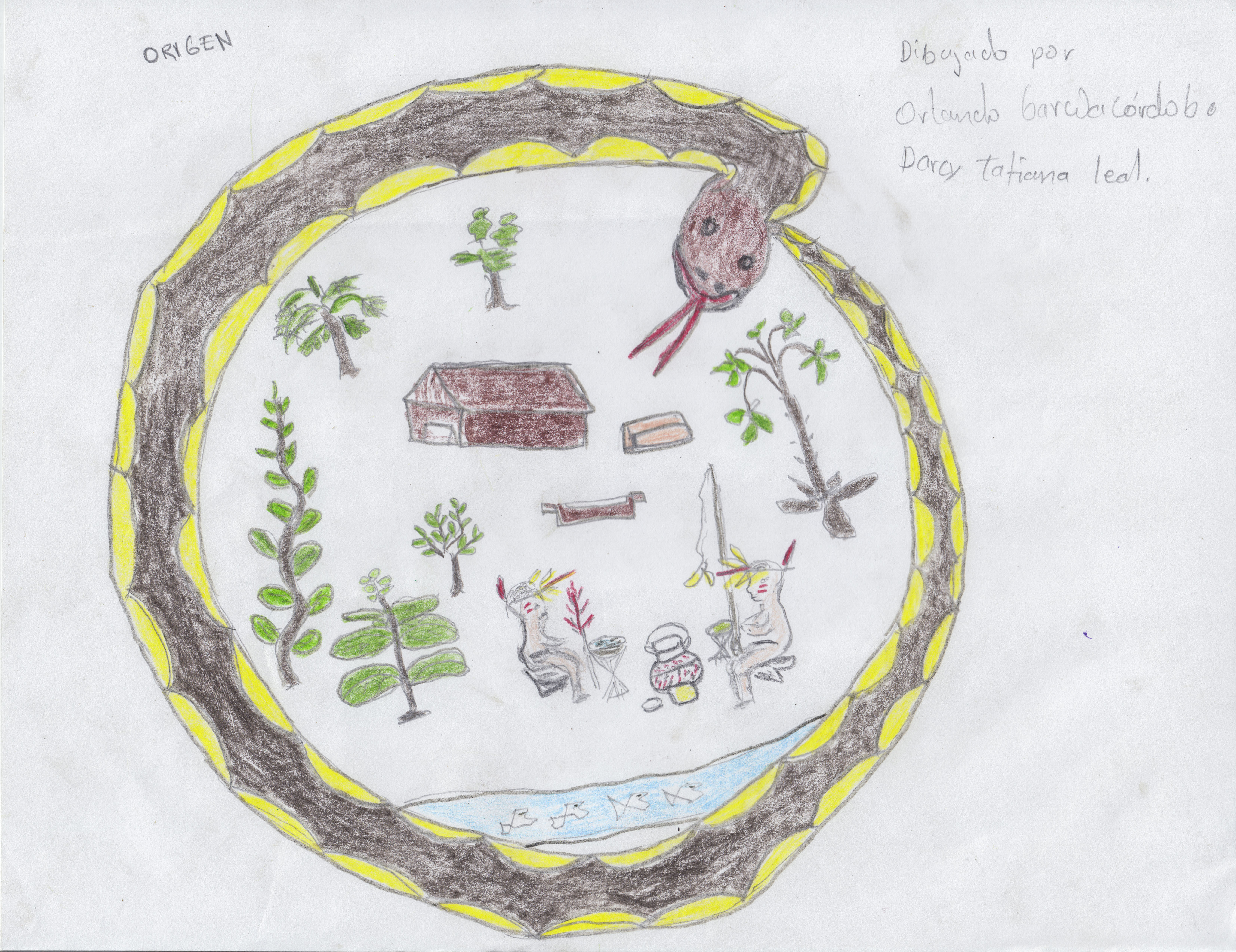
Territory and resources
Most of our reserve is covered by primary forest. A great diversity of trees provides us with clean air, raw materials for traditional medicine and wood for the construction of houses, canoes and handicrafts. We have started to identify the most useful species for us, creating inventories and evaluating those that are threatened. None of the identified forest species is threatened, since since we arrived here we have managed the forest correctly, but some identified wildlife species are under pressure from neighboring communities, since we only hunt selectively to supplement the diet with fishing and collection of wild fruits. The base of our diet is grown in the traditional chagra: chili, brava yucca, sweet yucca, pineapple, banana, corn, yam and other tubers, sugar cane, among others. It is a self-consumption and rotating agriculture with the slash and burn technique.
The Itilla River is fundamental to our community, it provides us with fresh water, fish and is our main access route. There are many fish in the river and its tributaries (which we call caños), especially in Caño Barro and Caño Lombriz, in lagoons and floodplains. We fish using traditional low-impact equipment such as hooks, rods and traps (for example, matapí and cacurí). We have observed a decrease in the supply of fish, perhaps due to the clearing of forests for illicit crops and indiscriminate fishing by people from neighboring communities. Some of our families sell or exchange fish for other goods, however, we have reached social agreements between us and with neighboring communities on land management with clear rules for fishing, hunting and gathering for self-consumption and that prohibit the trade of resources from the large-scale forest.
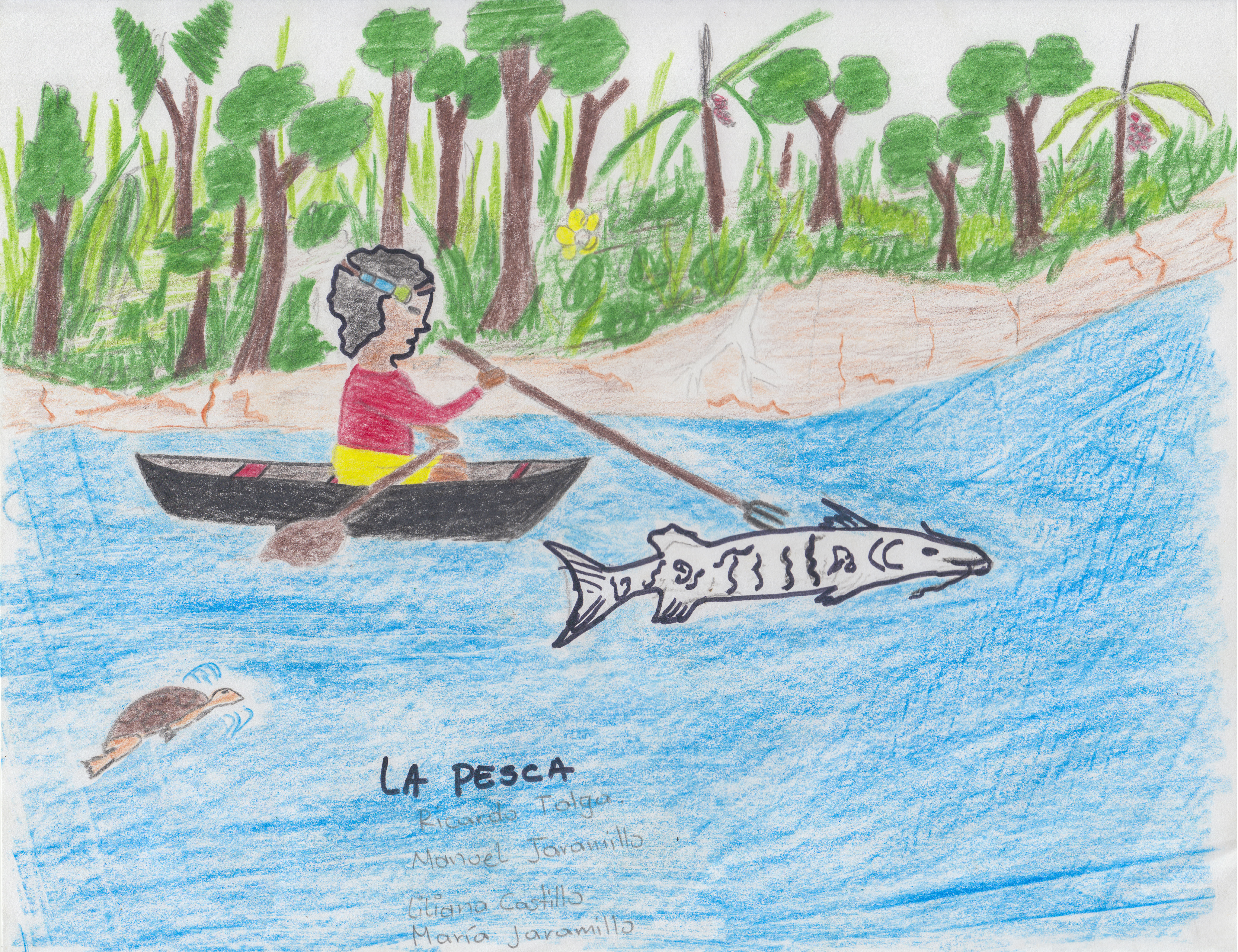
Sociocultural aspects
Within the community and, in general, in the reservation, we have rules for the management of territory that are based on Tradition, the relationship with natural beings, sacred sites and our needs (chagras, fishing, hunting). We maintain and preserve these ancestral traditions so that our young people recognize and value their origin, although we also recognize the need to adapt to the reality that surrounds us.
The Yuruparí, the Dabucaurí and the painting with Carayurú are rituals of our people that we maintain as a living and spiritual expression to renew life and manage our world. The ceremonies take place in the maloca, where our historians and dancers maintain and transmit the Tradition. For traditional dances we use instruments and cultural elements such as reeds and other instruments, body paint and feather crowns.
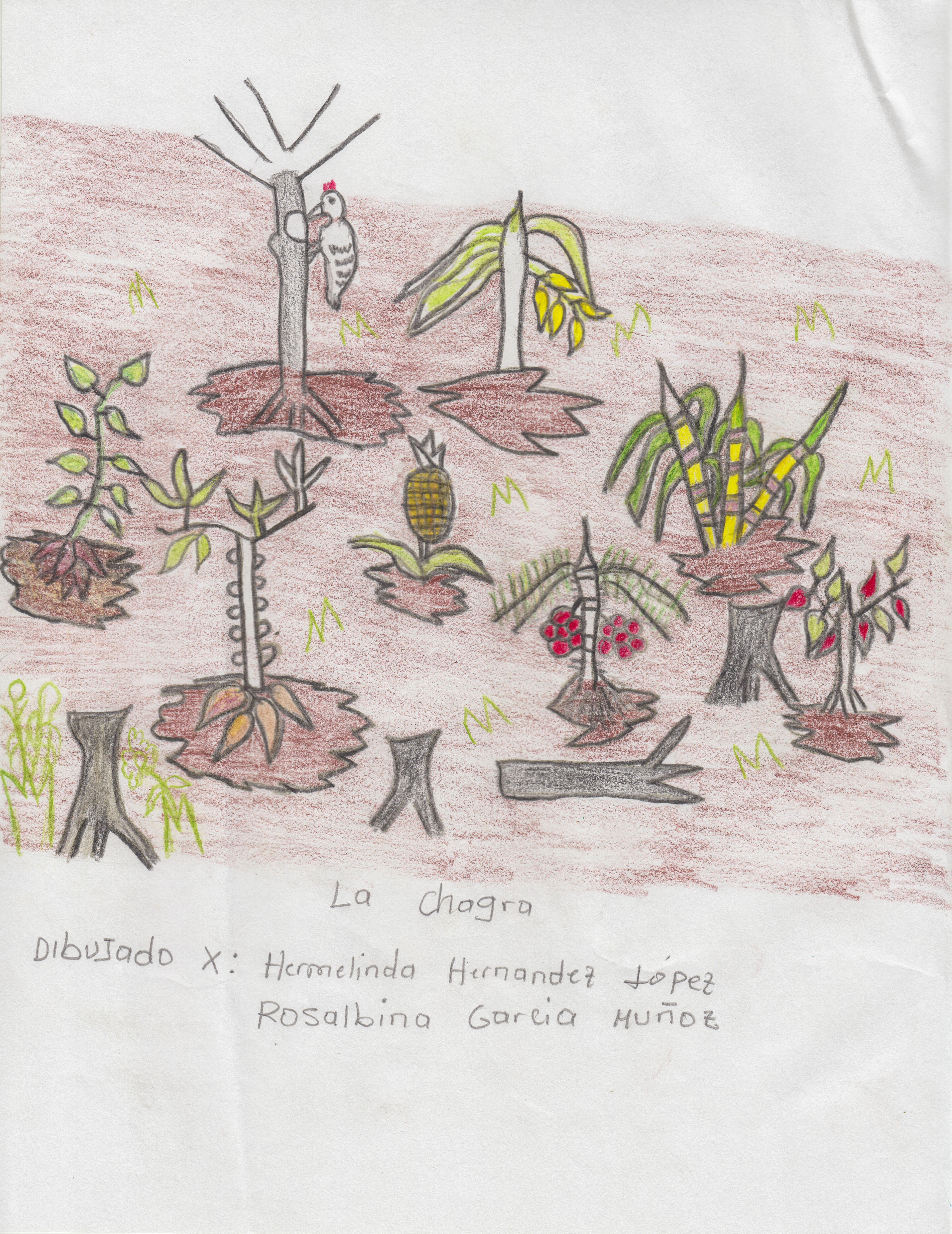
We maintain and preserve several languages: Desano, Barasano, Taiwano, Tuyuca and Carapana. Women are essential to transmit their own language and traditional knowledge to their children because of their role as mothers and caregivers and because of their participation in rituals and ceremonies with the experts. We have begun to build a community educational plan that respects, values and teaches our culture, history and practices and that guarantees its transmission.
Threats and Help Needed
We want to continue being indigenous, and that is why the construction of our own education model is so important to protect the transmission of our languages, culture and identity. The territory is the center of life, we depend on it and we owe it to it. As we come from another territory, we do not have all the elements of our culture, such as plumage (the feather crowns of the knowers), sacred plants and seeds. This harms the health of the territory and community and, therefore, it is our priority to recover these elements in order to perform the full ceremonies of the traditional calendar.
The Serranía de Chiribiquete National Park was expanded, overlapping the entire reservation. This offers opportunities to increase protection against exploitation and illegal activities, but also presents challenges for joint management without losing the autonomy of government over the territory. We want to guarantee our collective rights and authority, request the extension of the reservation and develop a management plan that respects our culture and self-government. We want to travel the entire territory to map it and make biocultural inventories that empower us socially, culturally and environmentally. We have undertaken the process of self-recognition, declaration and international registration as Territory of Life-Ticca and we value networking with other organizations in the Amazon and Colombia to exchange experiences and knowledge, strengthen purposes and support each other.
View this site on Protected Planet.
More information
The Amazonia, un territorio de vida website showcases the efforts of Indigenous organizations in the Colombian Amazon working to strengthen territories of life, preserve ancestral knowledge, and ensure well-being for present and future generations.
To learn more about El Itilla, visit the following link: El Itilla – Territorio de Vida
This case study was originally published by UN Environment Programme World Conservation Monitoring Centre (UNEP-WCMC) in September 2021. The content was provided by the custodians of this ICCA. ICCA is self-declared and has gone through a peer review process to verify its status. More details on this process can be found here. The content of this website does not necessarily reflect the views or policies of the United Nations Environment Program or WCMC.
